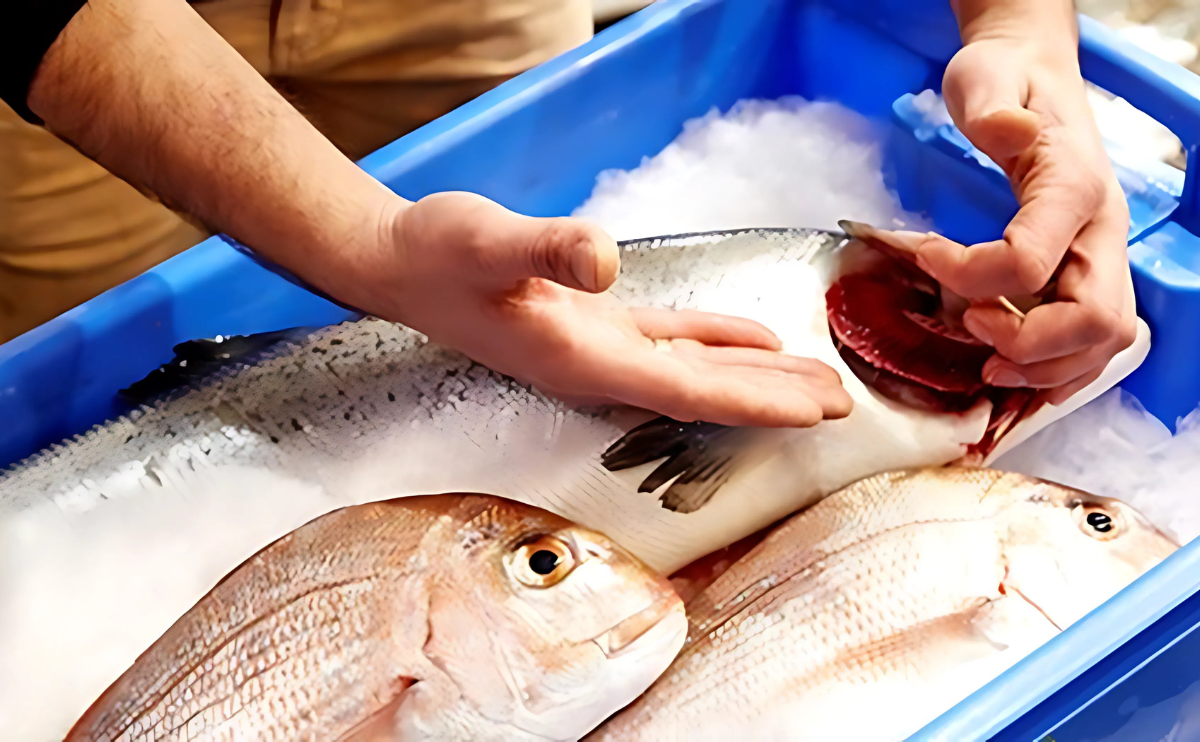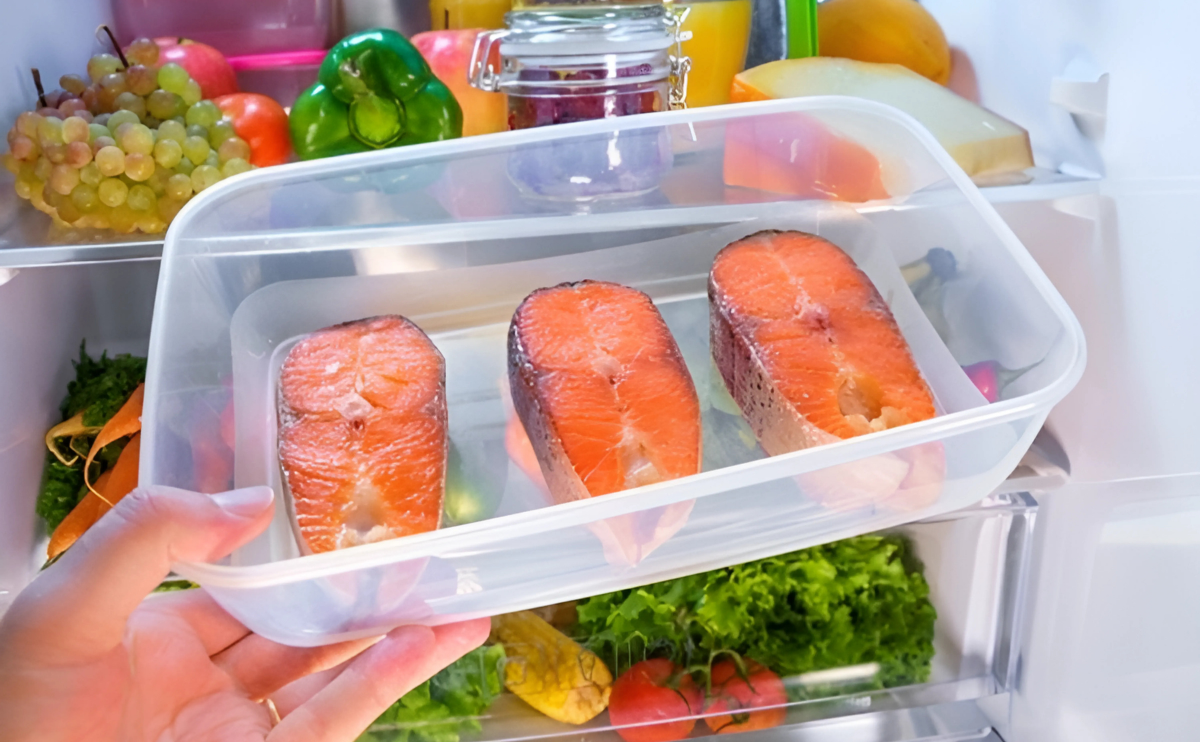Seafood Storage Tips to Keep Your Seafood Fresh

Storing seafood properly is crucial to maintaining its freshness, flavor, and safety. Improper handling can lead to spoilage and health risks. here’s a guide how to store your seafood properly after receiving your order to preserve its quality, flavor, and nutritional value.
1. Inspect Before Storing
Check seafood for freshness before storing. Fresh fish should have a clean, ocean-like smell, firm flesh, and clear eyes.
2. Refrigeration
At home, store seafood in the coldest part of your refrigerator at a temperature as close to 32° F as possible. Fresh seafood should ideally be consumed within 1-2 days.
3. Avoid Cross-Contamination
Store seafood separately from other foods in the refrigerator to prevent juices from contaminating other items.
4. Use Airtight Containers
Store seafood in airtight containers or vacuum-sealed bags to prevent smells from spreading and reduce exposure to air, which can speed up spoilage.

5. Freezing for Long-Term Storage
If you need to store seafood for more than a couple of days, freeze it. Wrap it tightly in plastic wrap, foil, or freezer bags to avoid freezer burn. Don’t forget to label it with the date to keep track.
6. Thaw Safely
When ready to use frozen seafood, thaw it slowly in the refrigerator overnight or place it in a sealed bag and submerge it in cold water. Avoid thawing at room temperature to prevent bacterial growth.
